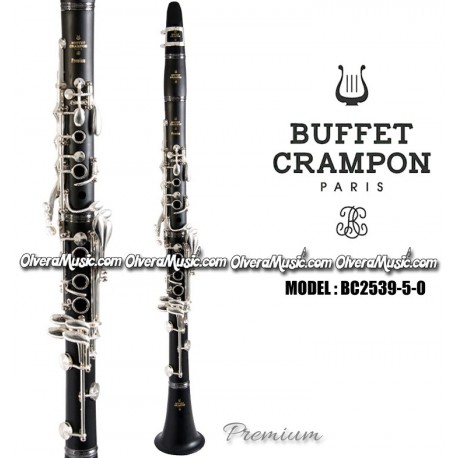

Paul Evette and Ernest Schaeffer bought the firm in 1885. By 1900, Buffet had a workforce of 200 craftsmen, producing clarinets, flutes and saxophones, all of high quality.
BUFFET CLARINET STUDENT PROFESSIONAL
Alot of information there too as he has beenįounded in 1839 by Jean-Louis Buffet-Crampon, Buffet clarinets soon became the choice of the majority of the world’s professional players. Check out their website they sell many Buffets and other brands and instruments.

A few years ago the owner/tech of contacted me – a lot of this verbage is straight off their website. Not sure where I got this blurb from, probably Boosey & Hawkes (Buffet is now a separate wholly owned company) ( some this information was forwarded to me via email at one time. This list does not include the Evette model clarinets made by BuffetĪp– Fondations Capital acquires Buffet Group togetherįondations Capital announces the completion of the acqisition of Buffet Group for an enterprise value of 58 million euros.įondations Capital has completed the acquisition of Buffet Group for an enterprise value of 58 MILLION EUROS, REPRESENTING 7.9 TIMES LAST TWELVE MONTHS ebitda. Professional clarinets since 1825, factory established 1850. November 2012 – Model Changes from Buffet Young students can typically be considered beginners, while advanced players are usually at college level or above.Academy v Regular (v E&S) Buffet Analysis Instruments made of more durable materials tend to be used by beginners, while music played by advanced musicians are usually made of wood. The main differences in these levels are the material, tone, and quality. They can be suited for either beginner, intermediate, or advanced players. Some brands are more suitable for students and beginners, while others are suited to a professional.īb clarinets can be divided into three main categories when it comes to suitability for musicians. The brand you choose could be determined by your level of play. Some of these companies have been making music-related products for centuries. There are many companies worldwide that make them, including Yamaha, Nuvo, Buffet, Mendini, and LeBlanc. There are also alto and Eb clarinets, which produce brighter or darker sounds, respectively. Another popular choice is the Bass clarinet, which is much larger and produces a deep, mellow sound. This is the type can be seen in bands or orchestras. One prevalent form is the Bb, or B-flat, clarinet. The keys and ligature are mostly made of metal, plated in nickel, gold, or silver. The mouthpieces are either made of a rubber or plastic. The invention of Resonite by Selmer helped produce hard plastic models. Basic models, used by beginners or students, tend to be made of plastic resin, while professionals tend to use wooden clarinets. Historically, these instruments have been made from rubber, hard plastic, metal, ivory, and wood. They can be made of various materials and have the largest pitch range of any other woodwind. The Bb clarinet is a prevalent type, which has a warm, rich tone. The trick to mastering this instrument has to do with its three main registers, since the tone can vary greatly. It works by using a single-reed mouthpiece, which produces the sound alongside using the keys. It is designed as a straight, cylindrical tube with a flared bell. This instrument is a part of the woodwind family. There are many kinds of them available in various materials and for differing skill levels. It can be used in bands, orchestras, or as a solo instrument. A clarinet is a musical instrument that has been used for centuries.


 0 kommentar(er)
0 kommentar(er)
